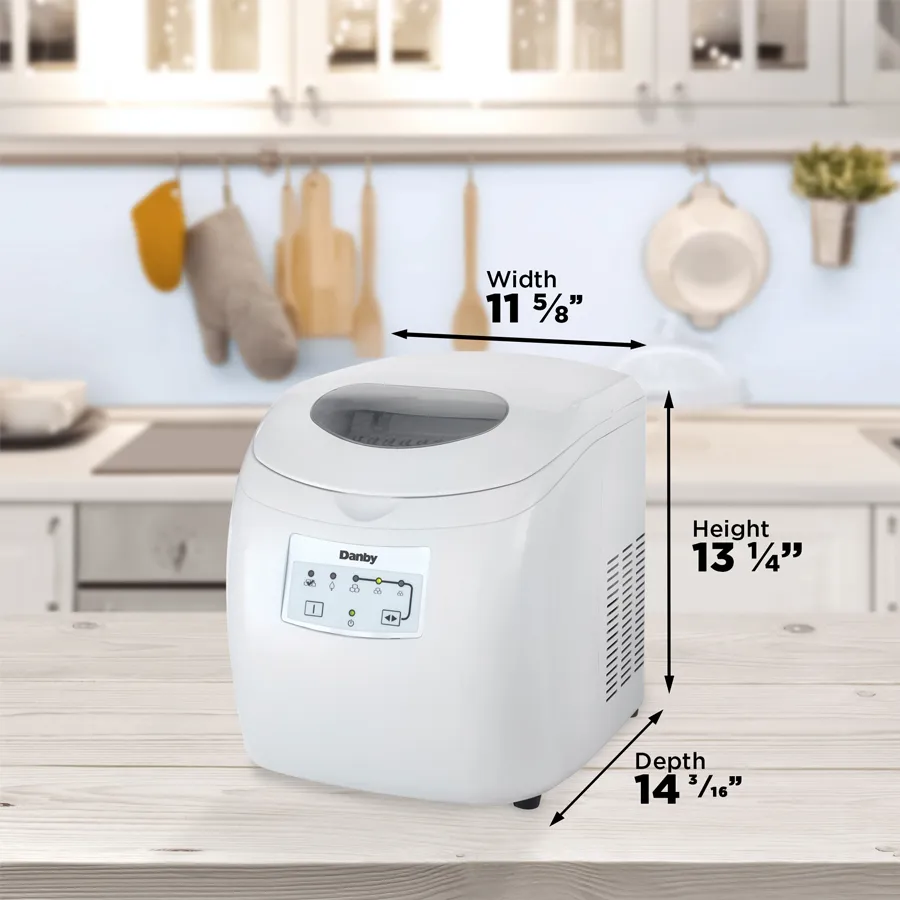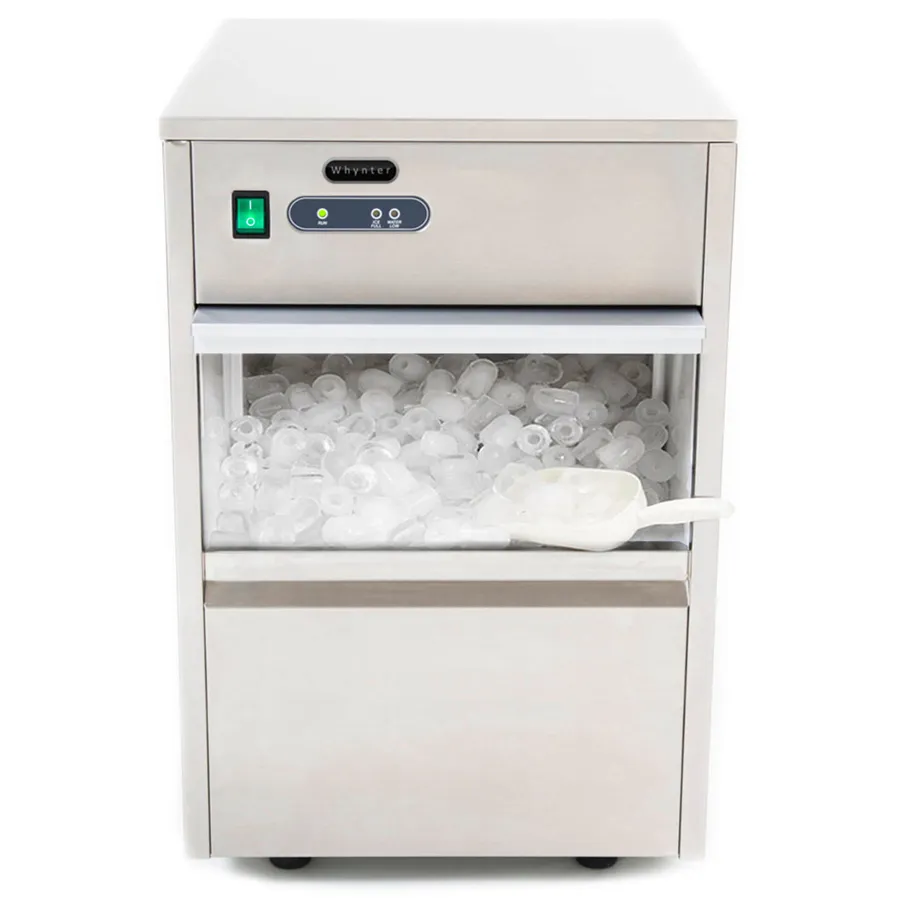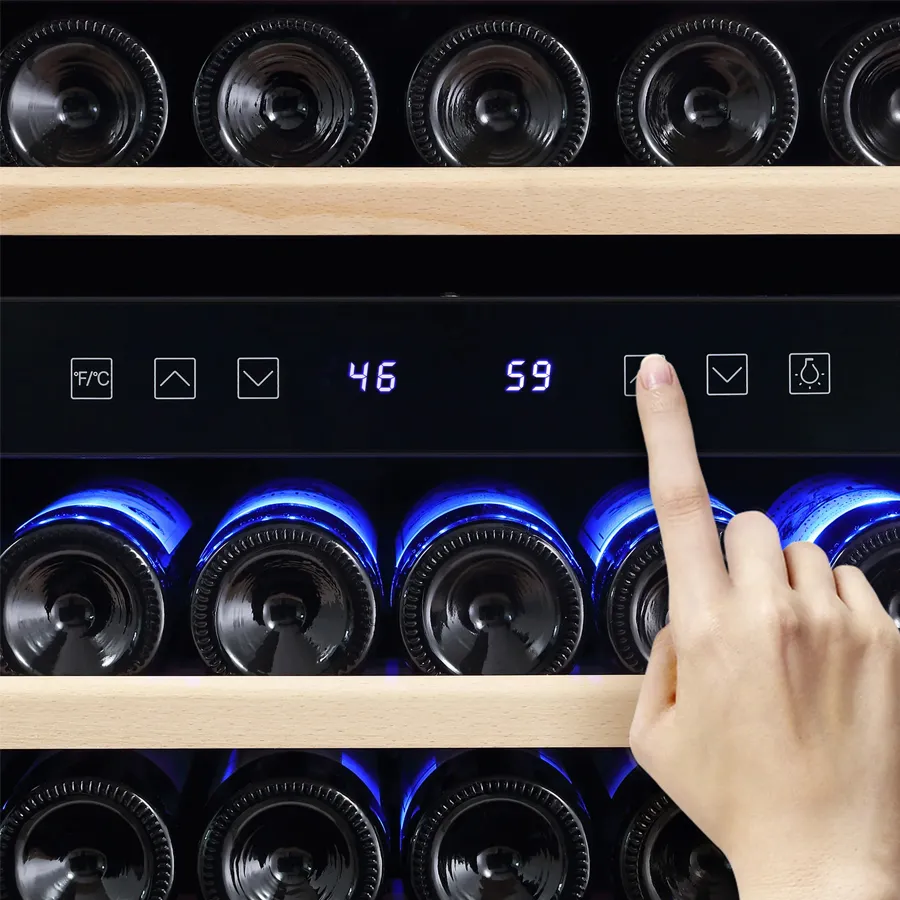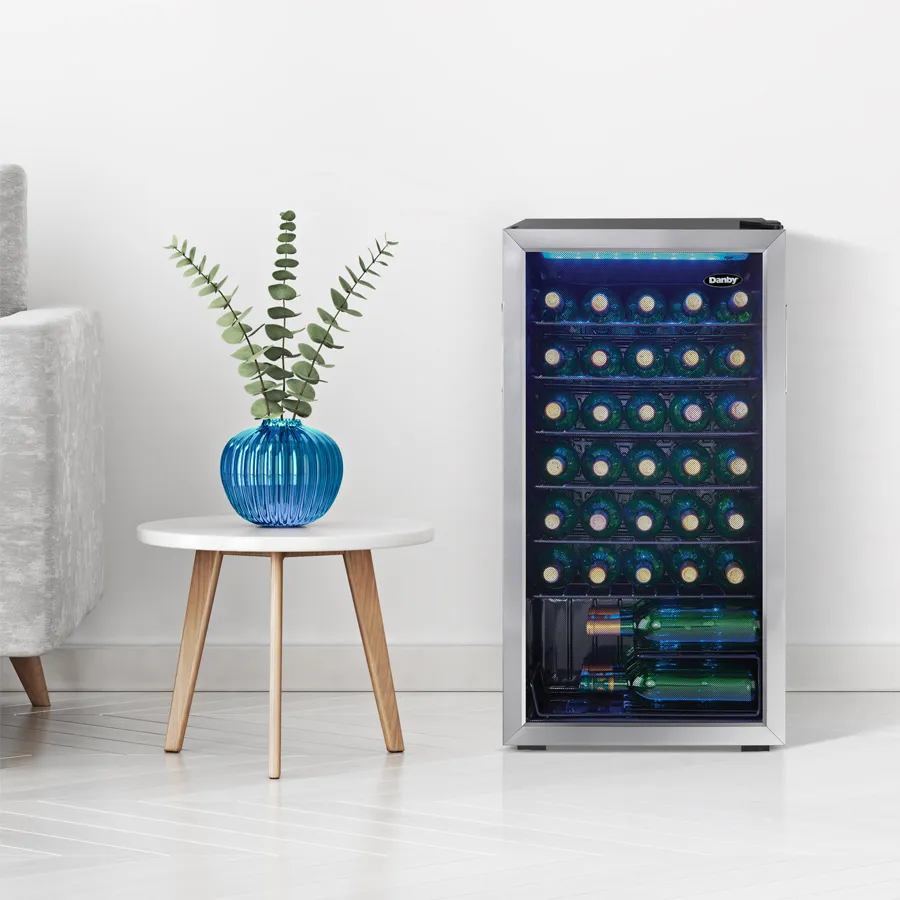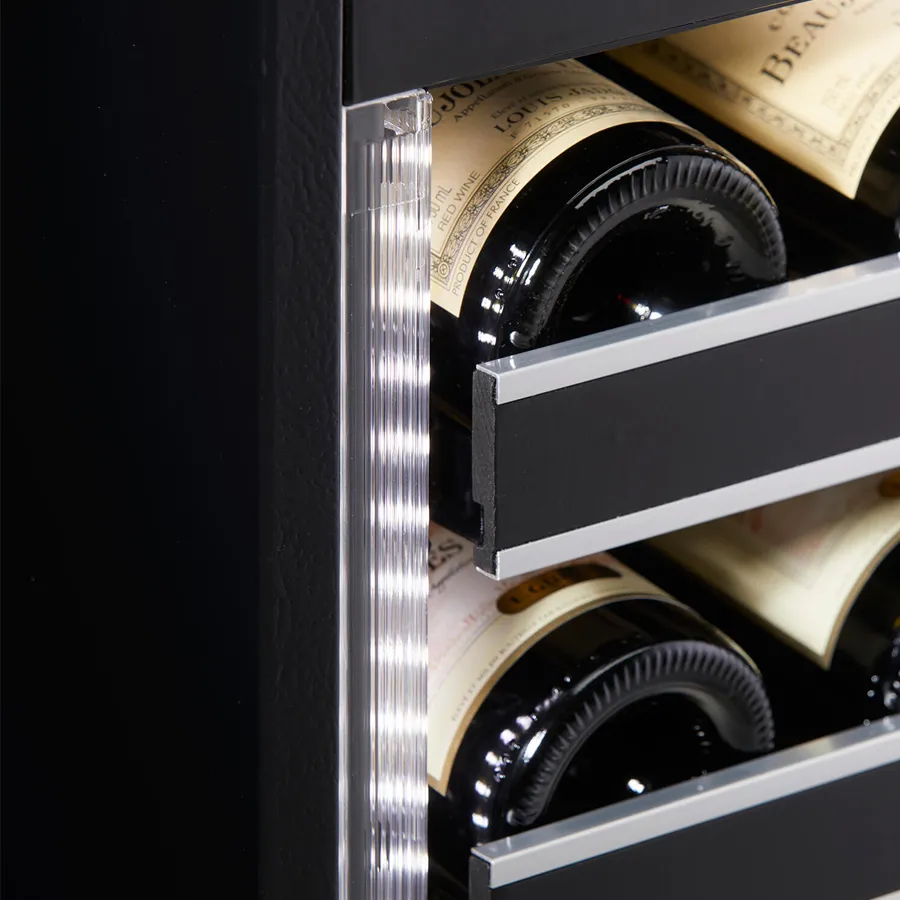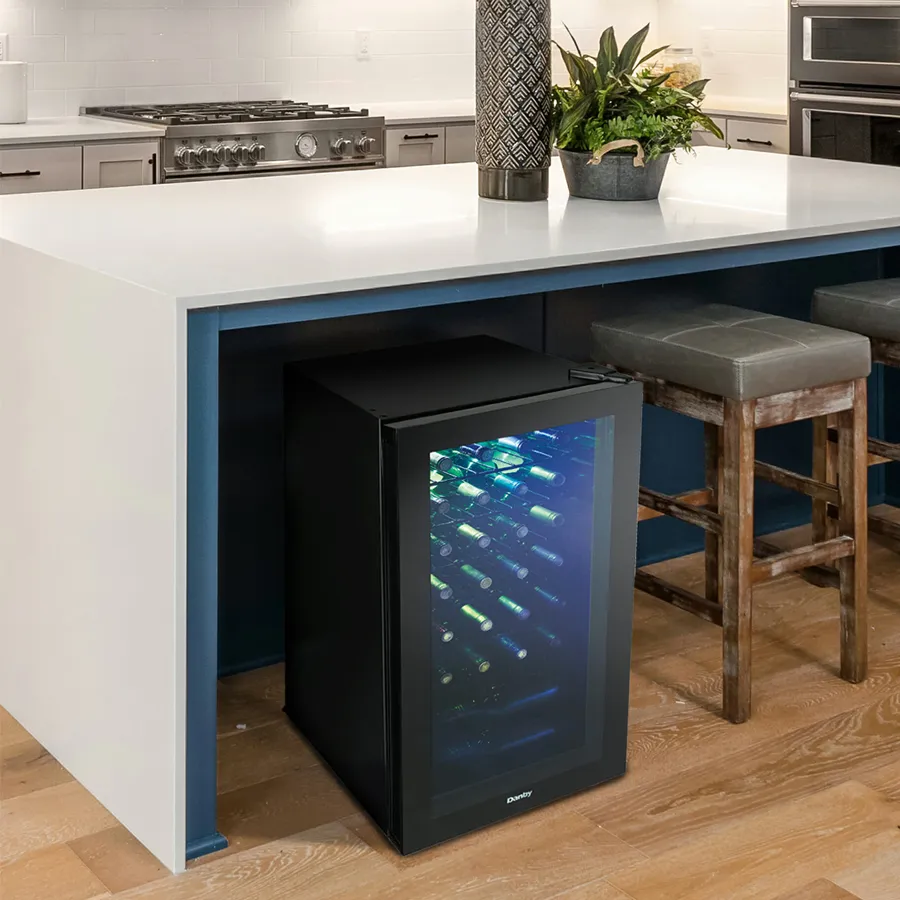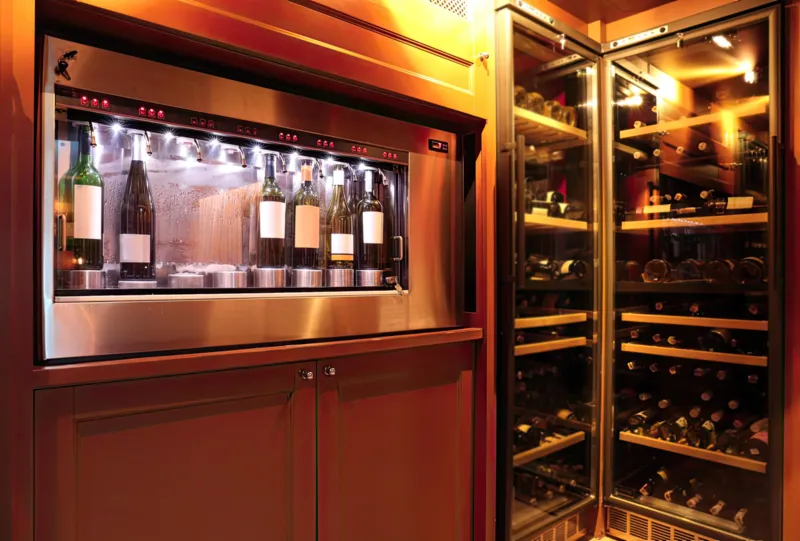There are a lot of uses for ice beyond just making cocktails colder and more visually appealing. All throughout the globe, ice is utilized daily in residences, medical institutions, nursing homes, labs, and centers for rehabilitation. A further benefit of using ice for injuries is that it helps the body retain more water, which in turn reduces swelling, discomfort, and aches and pains. As a basic and drug-free pain reliever, ice is both inexpensive and effective.
Types of Ice Used in Hospital
| Ice Type | Primary Uses |
| Cube Ice | General hydration and comfort |
| Flake Ice | Therapeutic applications and wound care |
| Nugget Ice | Patient hydration and medication delivery |
| Crushed Ice | Pain management and swelling reduction |
| Block Ice | Lab sample preservation and transportation |
Cube Ice and Its Uses
Cube ice is the most common and widely used type of ice in hospitals. It is primarily used for general hydration and comfort purposes. The slow melting rate of cube ice makes it ideal for sustained hydration, especially for patients who may have difficulty swallowing. Additionally, it can be easily incorporated into cold compresses for injuries and minor swelling.
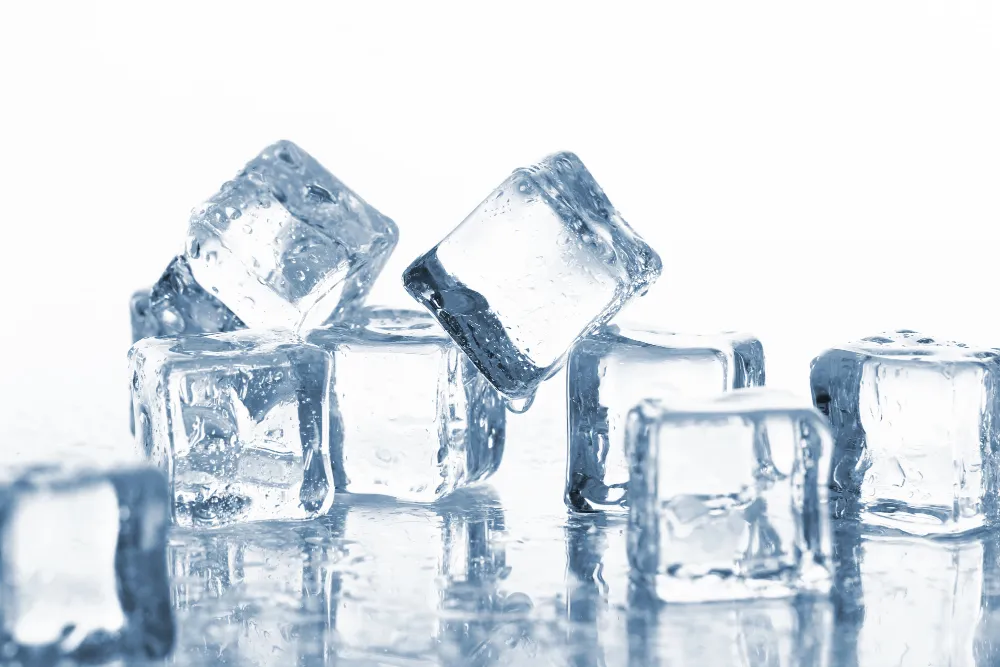
Cube ice is versatile and often used for general purposes in hospitals. It’s employed for cooling beverages, medical equipment, and therapeutic applications.
Chewable ice
Chewblet ice stands out as a consumer-preferred style, characterized by its soft, compressed nugget texture. Specifically designed for patient care, this type of ice not only promotes hydration by enhancing the drink experience but also proves ideal for individuals unable to consume liquids or solid foods. The smaller, softer nature of Chewblet ice makes it gentle on teeth, minimizing the risk of choking. Moreover, it forms well in ice packs, ensuring excellent surface contact to effectively reduce swelling and alleviate pain. Its versatility extends to applications in physical therapy, medical storage, and transport, such as the safe transportation of organs or vials.
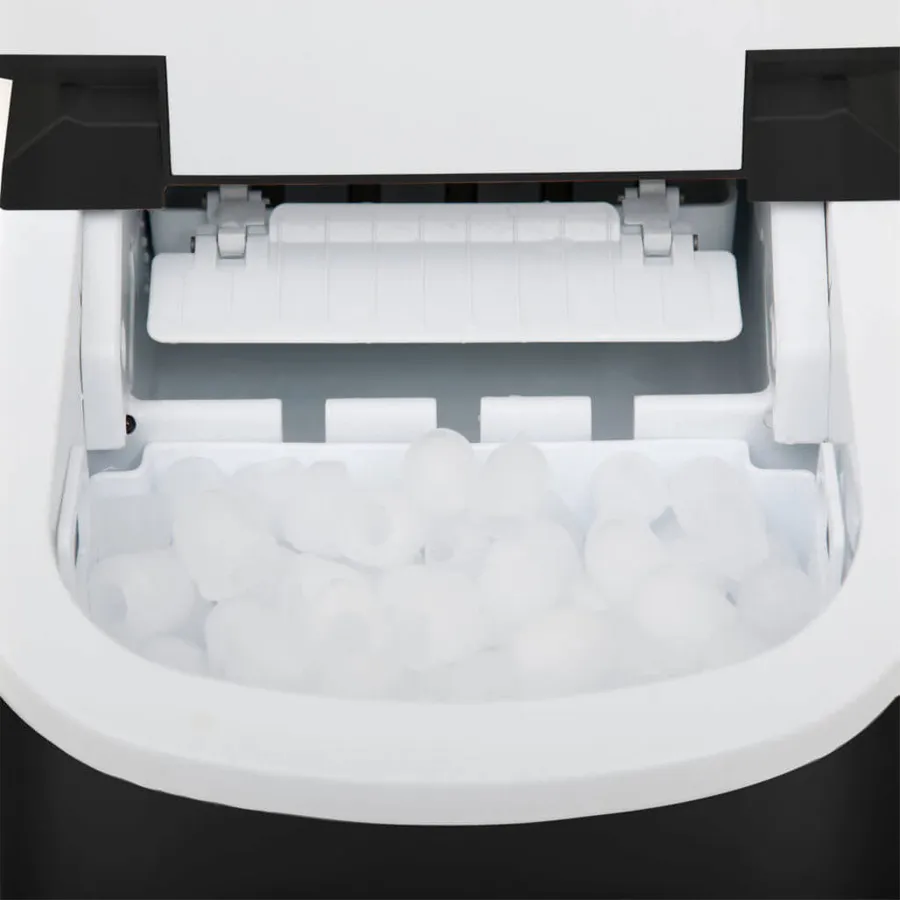
Because of its unique combination of softness and compression, chewblet ice stands out among consumer favorites.
Flake ice
Favored in blood banks and clinical labs, flake ice boasts high surface area, facilitating quick chilling and maintaining samples at desired temperatures. Its moldable nature provides practicality in securely holding test tubes and lab vials, even as the ice begins to melt. Notably, flake ice is easy to chew, making it a convenient choice in medical settings.
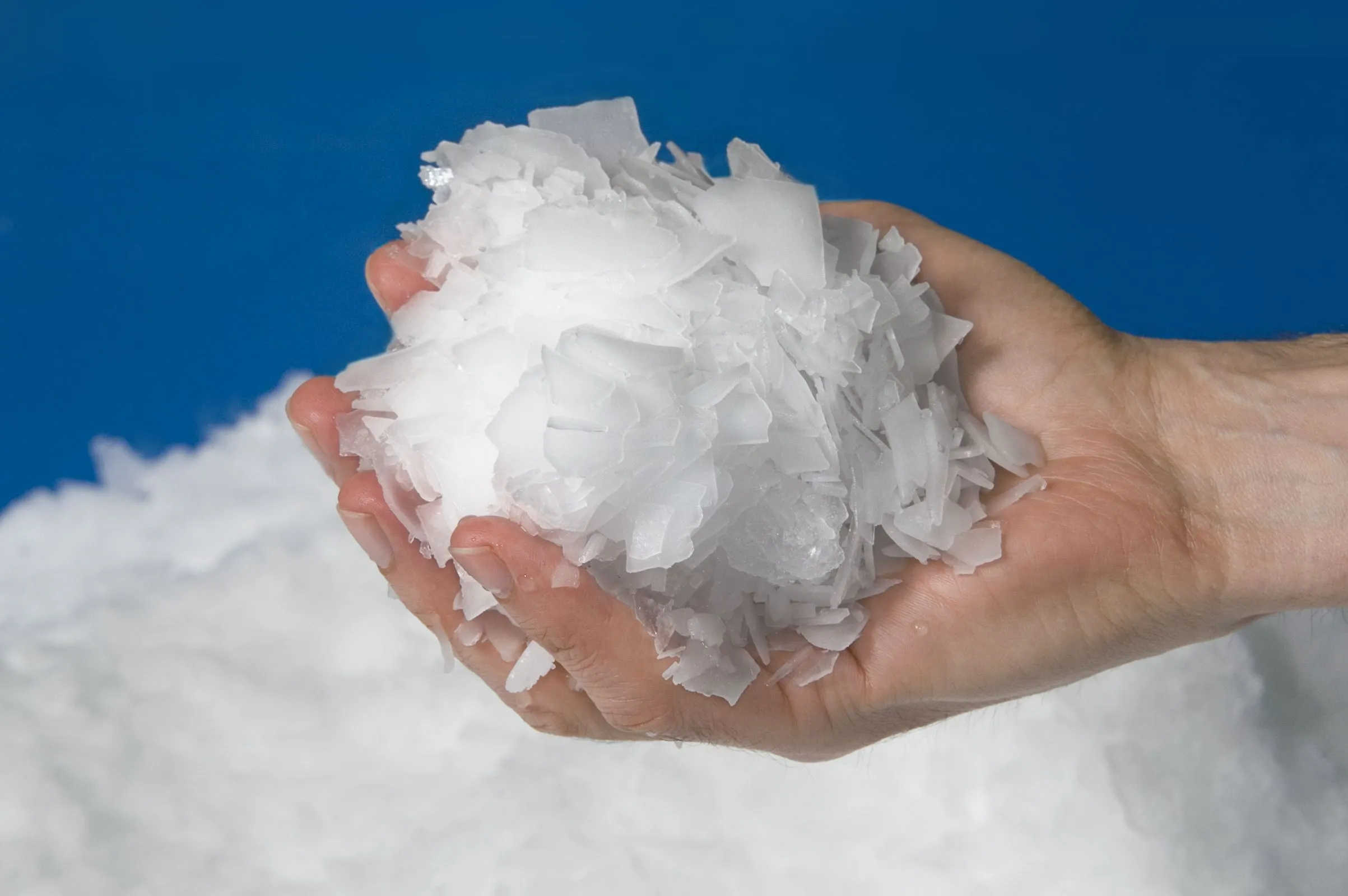
Flake ice is popular in medical settings due to its moldable nature. It is commonly used for therapeutic purposes, such as cold compresses and to maintain a controlled environment for sensitive medical equipment.
Benefits Of An Ice Maker in Hospital
- Hydration Enhancement: Facilitates the production of ice in various forms, making it easier for patients to consume liquids, especially for those with difficulty swallowing.
- Patient Comfort: Enhances overall patient comfort by providing ice for cooling beverages, soothing aching muscles, and offering relief from heat.
- Clinical Applications: In laboratories and blood banks, specialized ice like Flake ice aids in quick chilling and maintaining samples at desired temperatures.
- Safety and Convenience: Ensures immediate access to ice on-site, crucial in emergencies, surgeries, and medical procedures, eliminating reliance on external sources.
- Versatility in Medical Procedures: Tailored ice types, such as Chewblet and Flake ice, cater to specific medical needs, promoting hydration, reducing choking risks, and securely holding lab vials.
- Operational Efficiency: Contributes to operational efficiency by providing a readily available supply of ice within the hospital, reducing the time and effort needed to source ice externally.
Preferred Ice Type For Use In Hospitals
Following this discussion, it is clear that the preferred ice type for use in hospitals is Chewable ice. This type of ice is considered the most hygienic and safe for use in healthcare settings. Its cylindrical shape makes it easy to handle, and it is less likely to contaminate the surrounding area. Furthermore, tube ice is easily stored and dispensed, making it a convenient option for healthcare facilities. By choosing tube ice for your hospital’s ice needs, you can ensure the safety and well-being of your patients and staff.
Medical considerations, patient preferences, and the specific application dictate the type of ice used in a hospital setting. All of the many kinds of ice contribute significantly to the health and safety of patients in many different ways, from therapeutic uses to ensuring a pleasant environment.


